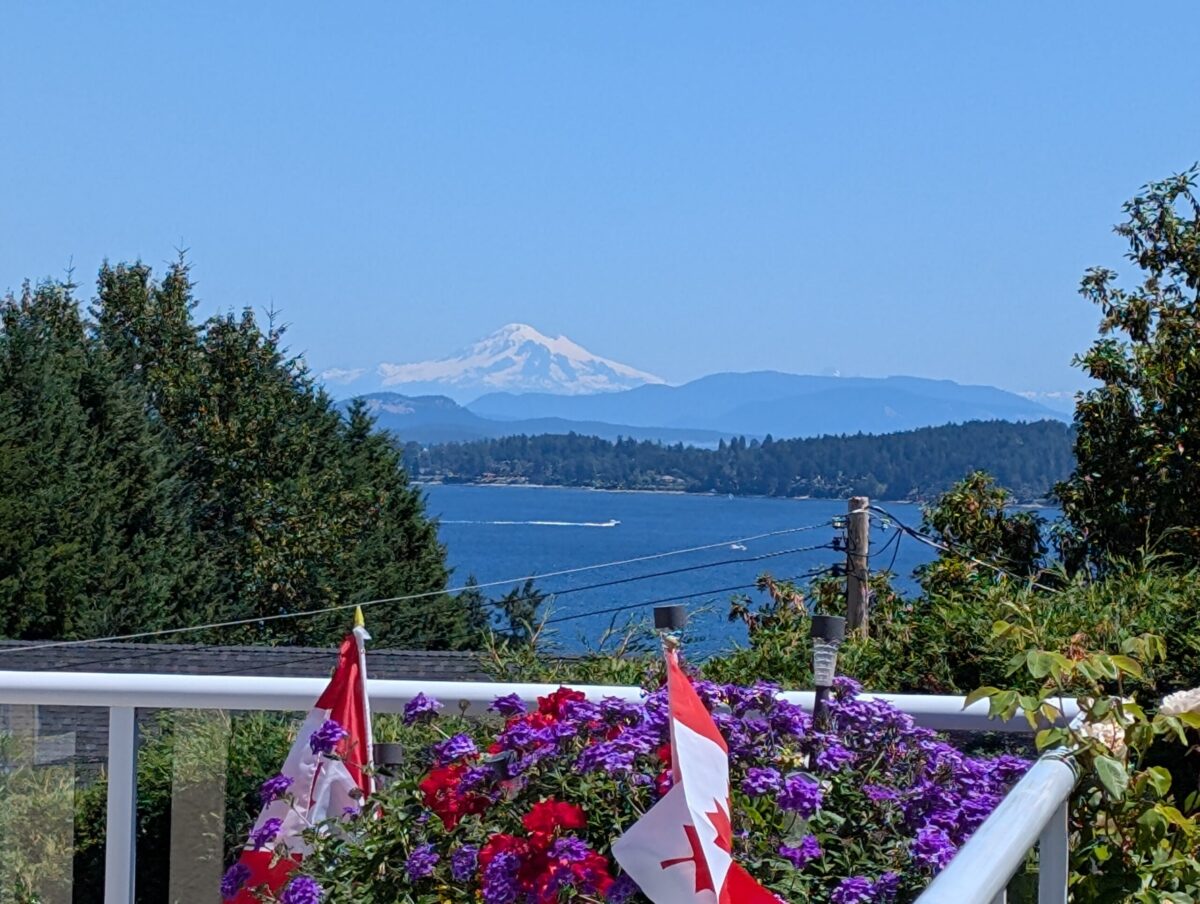Another short excerpt from my latest story. Continuing with Clyde:
Luke gave me and Clyde another beer. ”
“And then what happened?” I asked
“Luke here was willing to come with me to Hawaii. It was not a difficult choice for us to abandon school for a tropical paradise. No choice at all. An easy decision. Off we went and where pray tell after that, or this? Who knows, or cares. We live for the day man. Luke and I are livin the dream, out for adventure…an excellent adventure…right Luke?
Luke smiled but said nothing.
We left Long Beach thirty five days ago.
“What? And you just arrived today?” Even I knew that that was almost twice the time it should take to make the transit across.
Clyde laughed. “We WERE getting low on provisions. Down to hard tack and non perishables. We had a stack of stashed shit from our New Zealand trip that was still stored onboard. We fished too and caught a few. Yeah, it was getting tense but we managed…didn’t we Luke?
“Yeah man.” Luke responded after a slug of beer.
“Yeah.” Clyde continued, looking over at Luke for concurrence. “Navigation was a sore point with us…and money.” We didn’t have a lot of either. I got a large scale chart of the Eastern Pacific…three actually… and the islands, bought a plastic sextant for 50 bucks and learned how to take a noon day latitude shot. We noted the latitude of Oahu from the chart and off we went. Initially we sailed west by southwest by compass until we reached the latitude line of Oahu…around twenty one and a half degrees north latitude. Once there we sailed west straddling the twenty one degree latitude line all the way.” he paused to take another draft of his warm beer.
I shook my head in disbelief. This was comical and foolhardy…but an amazingly interesting account of questionable bravado, as only a seventeen year old could possess
“Then what?” I asked
“Wind was not our friend. We were not making good time. Seas were calm most of the way across. The only indication we would have had that we were getting near was from our VHF radio but that was nothing but static squelch almost all of the time. That made sense as that frequency range was only as good as a line of sight distance from the top of the main mast.
“So we took out our transistor radio. It was one of those long radios that were popular in the mid to late sixties.” Luke brought it out to show me. It was silver in colour with a metal mesh front hiding the speakers and an enlightened display panel showing four frequency bands across the top. On the very top of the radio beside the handle was an antenna that could be raised and lowered and extended in a line up to about 50 degrees from the horizontal.
“Good thing we had batteries otherwise we would still be out there flopping around somewhere.” He shook his head. “Once powered up we would hold that radio with its antenna extended at about a 30 degree angle from the horizontal and then point it across a wide arc of our visible horizon. Sure enough, over time, we picked up a radio station, especially during periods at dawn and dusk. A great deal of interference and a static mumbo jumbo of voices and songs were picked up. We would point the radio across the axis of where the signal strength was coming from. Its intensity would increase as our orientation changed and over time we picked up one of Oahu’s AM stations. We set a course along the axis of the signal, checking it out for confirmation every few days. Sure enough, we picked up the light at Makapuu Point on the southern eastern end of Oahu and knew we had made it. After a few more days we arrived here at the Ala Wai.”
“Wow.” I said “Holy shit man. You guys are some lucky dudes.”
“I know.” Clyde said. “Rudimentary and basic perhaps but it worked…in time.”
Luke nodded his head in agreement but offered nothing to the story.
I checked the time. I had to go. I’ll see you guys later. I am just over at G35. If you need a hand when you get your assigned berth lat me know.
“Will, do.”
“Thanks for the beer Clyde. Thanks Luke. Great to meet you guys. See ya around.” and I left.
And that is the way it was for Clyde and Luke: two young guys out for adventure with not a care in the world: getting by on their wits. Clyde was the leader of the two, a natural, and I could detect why. He was charismatic. People were drawn to him. He possessed a maturity for his years that was evident but hard to define. He was one of those individuals in life that you meet from time to time: one of life’s characters without being so. It was just the way he was. An ingrained character trait: friendly, funny, confident and street smart. Even though he was young in physical years he had much of life’s experiences under his belt. He was anything but risk averse as he was eager and willing to take chances for all of the rewards, graces and gifts that life had to offer. Who, in their right mind would consider sailing a forty five foot ketch from Long Beach to Honolulu on a whim without so much as a second thought? Yes Clyde was one of life’s characters and heaven only knows that the world needs more characters. On top of that he had a very unique and wonderful name.


SJ…Out


